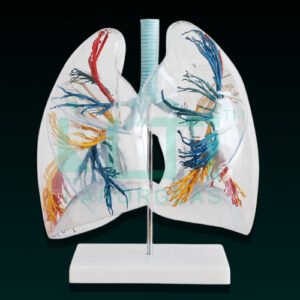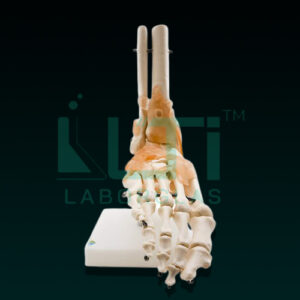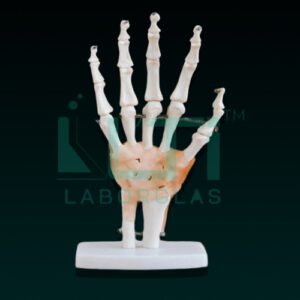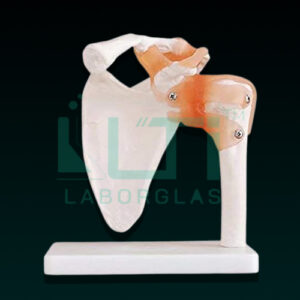- Model shows the eyeball with optic nerves & musicales in its natural position in the bony orbit.
- Dissectible into 10 parts.
- 3 times enlarged.
An eye with orbit model serves educational, medical, and research purposes, providing a detailed representation of the human eye within its orbital structure. Here’s a brief overview of its uses:
- Anatomy Education: Used for teaching anatomy, allowing students to study the structures and components of the human eye within the context of the orbit.
- Ophthalmology Training: Beneficial for ophthalmology education, illustrating the relationship between the eye and the orbital structures for comprehensive understanding.
- Patient Education: Enables healthcare practitioners to visually explain eye conditions, disorders, and treatment options, considering the eye’s placement within the orbit.
- Optometry Training: Relevant in optometry education for understanding the spatial relationships between the eye and surrounding structures in the orbit.
- Vision Science Research: Used in vision science research to study the anatomy, physiology, and functioning of the human eye, considering its position within the orbit.
- Ophthalmic Surgery Planning: Healthcare professionals may use this model for surgical planning and visualization of eye-related procedures, incorporating the orbital context.
- Eye Clinics: Displayed in eye clinics to enhance patient understanding of eye conditions and procedures, emphasizing the relationship with the orbit.
- Orbital Trauma Studies: Useful for studying orbital trauma and injuries, helping researchers and clinicians understand the impact on both the eye and surrounding structures.






